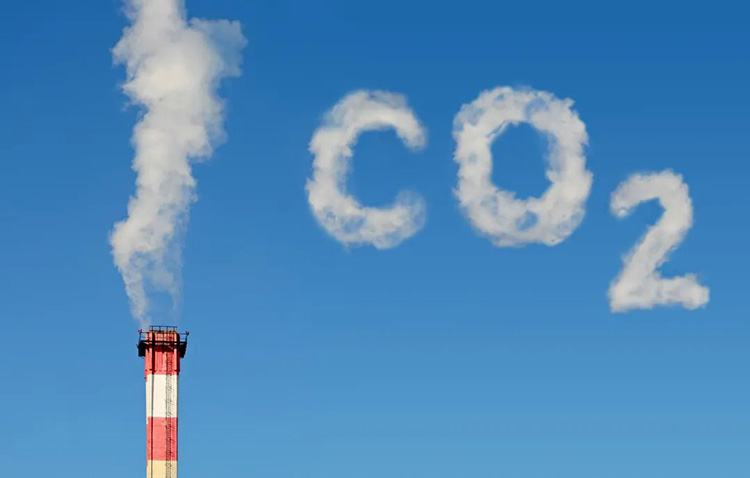The relationship between biomass pellets and carbon neutrality is mainly related to the production, use and carbon emission aspects of biomass pellets. The following are some of the key aspects:
Carbon uptake and release: The raw material for biomass pellets usually comes from plants that absorb carbon dioxide through photosynthesis as they grow. When these plants are used in the preparation of biomass pellets, the carbon in them is fixed in the pellets. During the production and use of biomass pellets, some of the carbon dioxide is released, but overall the process is considered carbon neutral, as the amount of carbon dioxide released is roughly equal to the amount of carbon dioxide absorbed by the plants during growth.
Replacement of fossil fuels: The use of biomass pellets as an energy alternative, especially to traditional high carbon fuels such as coal, can help to reduce the amount of carbon dioxide released into the atmosphere during the combustion process. This is because the carbon dioxide released from the combustion of biomass pellets is part of the biological cycle rather than adding to the carbon stored in the ground, thus relatively slowing down climate change.
Sustainability of energy production: The sustainability of biomass pellets depends on the production process and the source of the raw materials. If the raw materials used to produce biomass pellets come from sustainably managed forests, farmland or waste, this helps to ensure that the use of biomass pellets has a low environmental impact.
Technical and policy support: Government and industry technical support for biomass pellets and policy measures to promote carbon neutrality also influence their relationship to carbon neutrality. Policies that encourage the use of biomass pellets as an energy source may help to reduce reliance on traditional high-carbon energy sources and promote carbon neutrality goals.
It is important to note that, while biomass pellets contribute to some carbon neutral goals, in practice there is a need to balance a number of factors such as the sustainability of the use of biomass resources, socio-economic benefits and environmental impacts.
